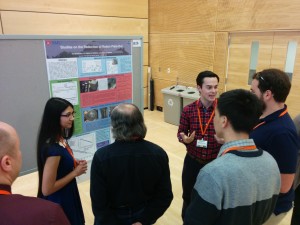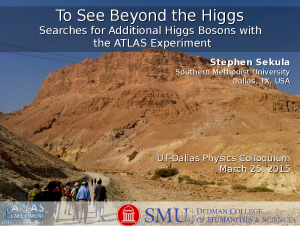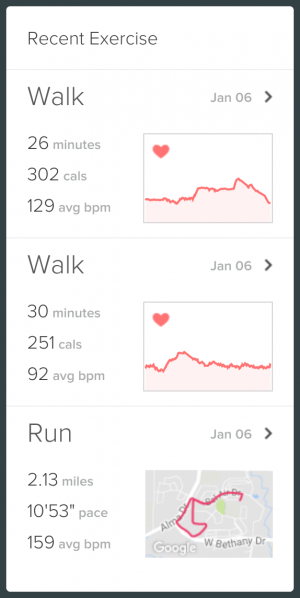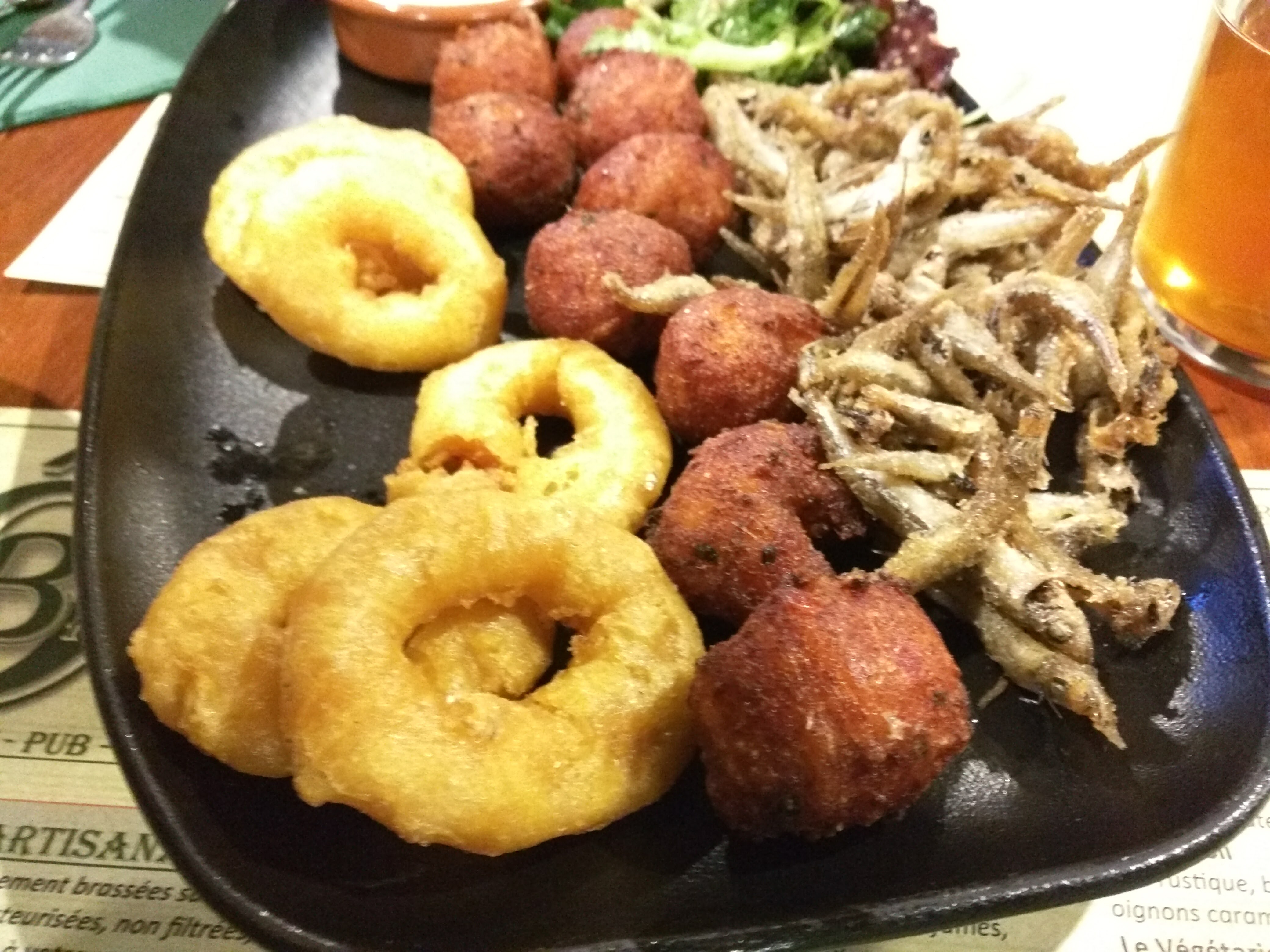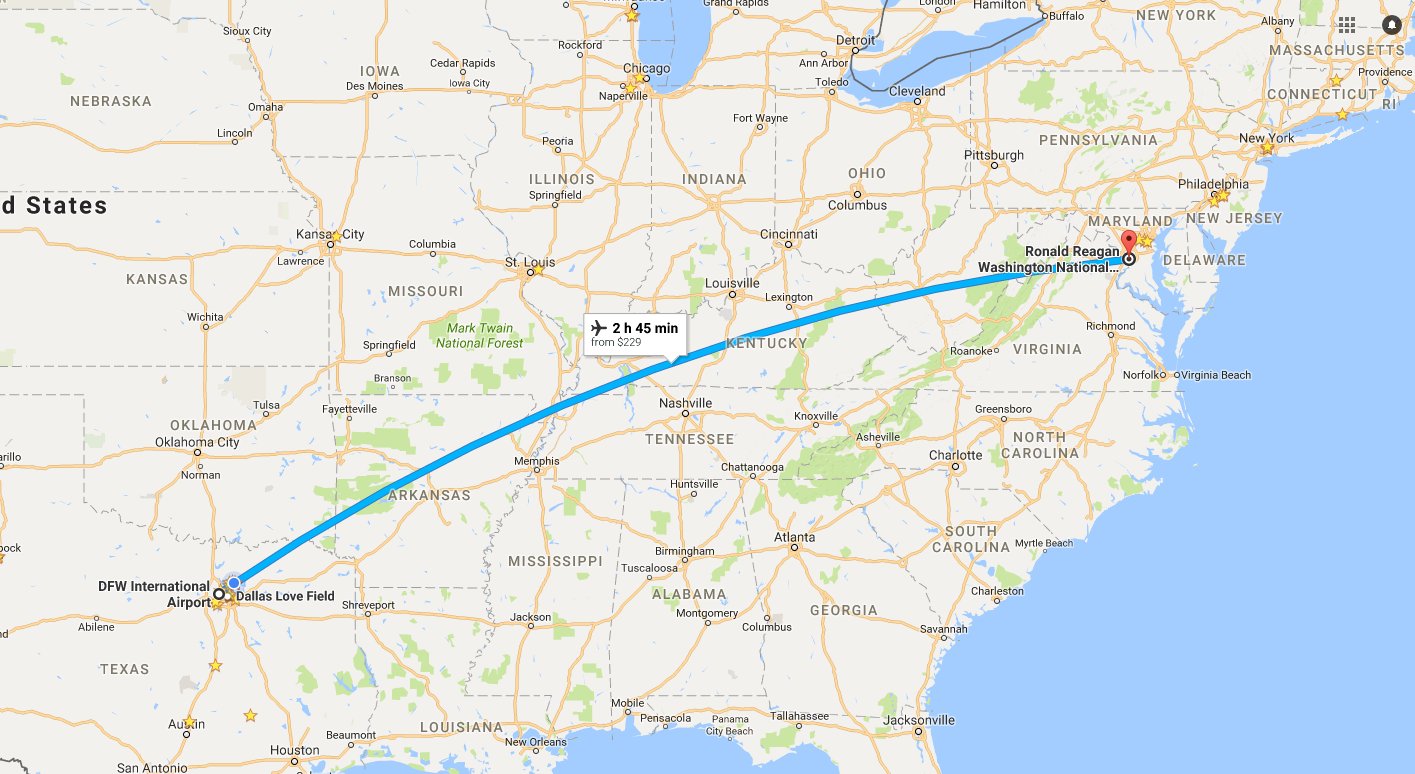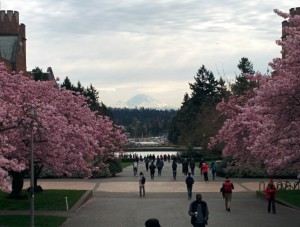
The past couple of weeks have been extremely busy. Jodi and I were traveling last week, finally meeting up in Seattle for a conference; I gave my second exam in my introductory physics class; there were computer woes that greatly slowed down some ATLAS work; we had some car trouble on the way home yesterday; Jodi was a guest on the “Science Friday” national radio program.
-

Comparison of two radon mitigation techniques (a 3 standard cubic feet per hour nitrogen purge and a strong electric field) compared to their control experiments. Both showed >98% reductions in implantation of radon daughters on copper samples. Jodi, her post-doc Rob, our two undergraduate researchers, Mayisha and Matthew, and I traveled to Seattle, WA for the Low Radioactivity Techniques (LRT) 2015 conference at the University of Washington. It was an exciting lead-up to this conference, as regular readers will know (see recent posts about our experiment and power supply woes). We actually got results from our Electric Field/Radon Mitigation experiment, analyzing data right up to the last moment before we produced the poster that Matthew and Mayisha presented at the conference. The preliminary results are shown left. Electric potentials, even modest ones (by comparison to our original goal of a 25kV potential), can prevent radon implantation on samples. This is not a surprise, but we quantified the effect. We got a 98.1% reduction in radon daughter implantation on copper samples by surrounding the samples by a strong electric potential.
- Based on what we learned from our results for LRT2015, we plan a confirmation experiment (running right now) and a series of additional measurements to see where the radon daughter contamination is actually going (e.g. is it implanting on the NiCu fabric anode cap, or on the walls of the vessel?).
-

Mayisha and Matthew field questions about their radon mitigation work. LRT2015 was an amazing conference in general, with a great poster session (lots of food and beverages, lots of participants milling about from poster to poster and asking great questions). I hadn’t spent any appreciable time in Seattle, and certainly not at UW, so I had a great time there with pretty good weather accompanying our time at the conference. Can’t ask for more than that from a very rainy part of the U.S.
- I gave my second exam in PHYS 1308 (Introduction to Electricity and Magnetism for life sciences students) while I was away at LRT2015. This exam went very well, and we’ve begun magnetism in all its glory as we move forward in the course. We’re building up to a synthesis lecture on the nature of light.
- We did my favorite in-class exercise this week. We used a few reasonable approximations to compute the magnetic field from a single electron. We then posited a solid made from atoms each with up to 1 unpaired electron in the outermost shell. If you add up the magnetic fields, using the electron spin as the fundamental origin of “charge motion” in an atom, you can pretty exactly calculate the strength of a terrestrial magnet (e.g. a fridge magnet, or a rare-earth magnet). It is a classical exercise with some quantum physics that, by all rights, shouldn’t work – but it does!
-

The title slide from my Wednesday UT-Dallas Physics Colloquium. I delivered the Physics Department Colloquium at UT-Dallas on Wednesday. I had a FANTASTIC time at UT-Dallas that day and I think the talk went really well. As always, my favorite part was talking to students for the hour before my formal talk. I am told I had a very good turnout of students for that conversation – maybe 10 students or so.
- Had some computing woes this week. I was under pressure to generate production cross-sections for the charged Higgs boson for 13 TeV running. I actually made them two months ago, but a problem with the numbers was only detected a few weeks ago. Turns out the collider bit was set wrong in the code; it was controlled by a boolean that wasn’t tripped when I set the center-of-mass energy to 13 TeV (I need to fix that so it NEVER happens again). Our scientific computing administrator set aside a special queue for me to run more quickly… and my jobs exited without triggering error message emails… but nearly every one of them (81,000 out of 85,000) failed silently. So I ran for days not realizing that nearly every job was broken. With the conference and my colloquium at UT-Dallas this past week, I just didn’t get around to using the results. When I noticed they were all broken, our administrator leaped into high gear (despite being at a meeting out of SMU this week) and fixed the problem in a few hours. He gave me more resources and I ran the 81,000 failed jobs overnight. I sent the tables of cross-sections to my colleague on CMS yesterday and await the combination of those numbers with the corresponding 4-flavor-scheme numbers.
- Jodi was pre-interviewed by a producer for the national radio program “Science Friday” last Thursday while we were at LRT2015. There was a chance that she might be part of a panel discussion on the future of science on the program a week later. In fact, the pre-interview went well and the producer decided to alter the segment to focus on dark matter and dark energy. Jodi was part of a panel including Nobel Laureate Steven Weinberg (co-developer of the Standard Model of Particle Physics) and Fermilab and U. Chicago physicist Dan Hooper. Dan, Jodi, and I were all contemporaries at UW-Madison, so this was a really neat panel. The program aired yesterday, live, and is now available in recorded audio format for listening. The panel discussion is about 30 minutes long. You can find it here: http://sciencefriday.com/segment/03/27/2015/understanding-the-dark-side-of-physics.html
- We left SMU a little early yesterday to beat traffic and celebrate Jodi’s appearance on “Science Friday.” Our intentions were good, but reality was far less kind. A piece of metal or plastic debris bounced up under our car on the drive home, about half way in the commute. The debris cut through the inside of the right, rear tire and we immediately started to lose all our air pressure. We broke down in the high-occupancy vehicle lane on Northbound US-75. We tried to move out of the way to let traffic by – people passing us was the most dangerous part of what happened next, because people in those situations in Dallas make very bad decisions. We called OnStar, who called the police and tried to arrange a tow. The Richardson police showed up about 5-7 minutes later, blocked traffic behind us and cleared our lane, and called a tow truck. Luckily, there was a Chevy Dealership right across the street. We got there before their service team left for the day, and 30 minutes later we had a new tire and went home. We did manage to have a nice evening out, though not as nice as we wanted. C’est la vie.


